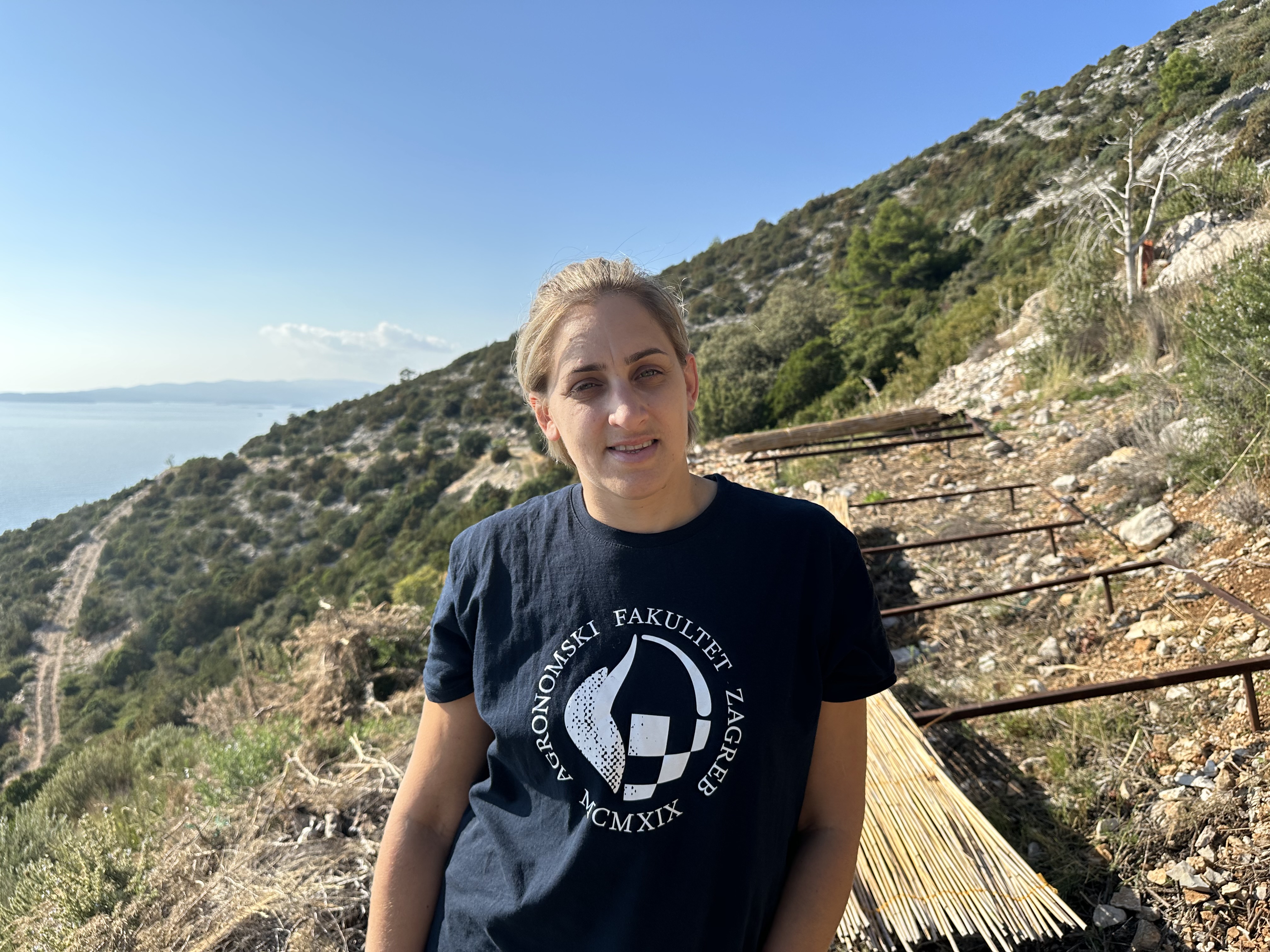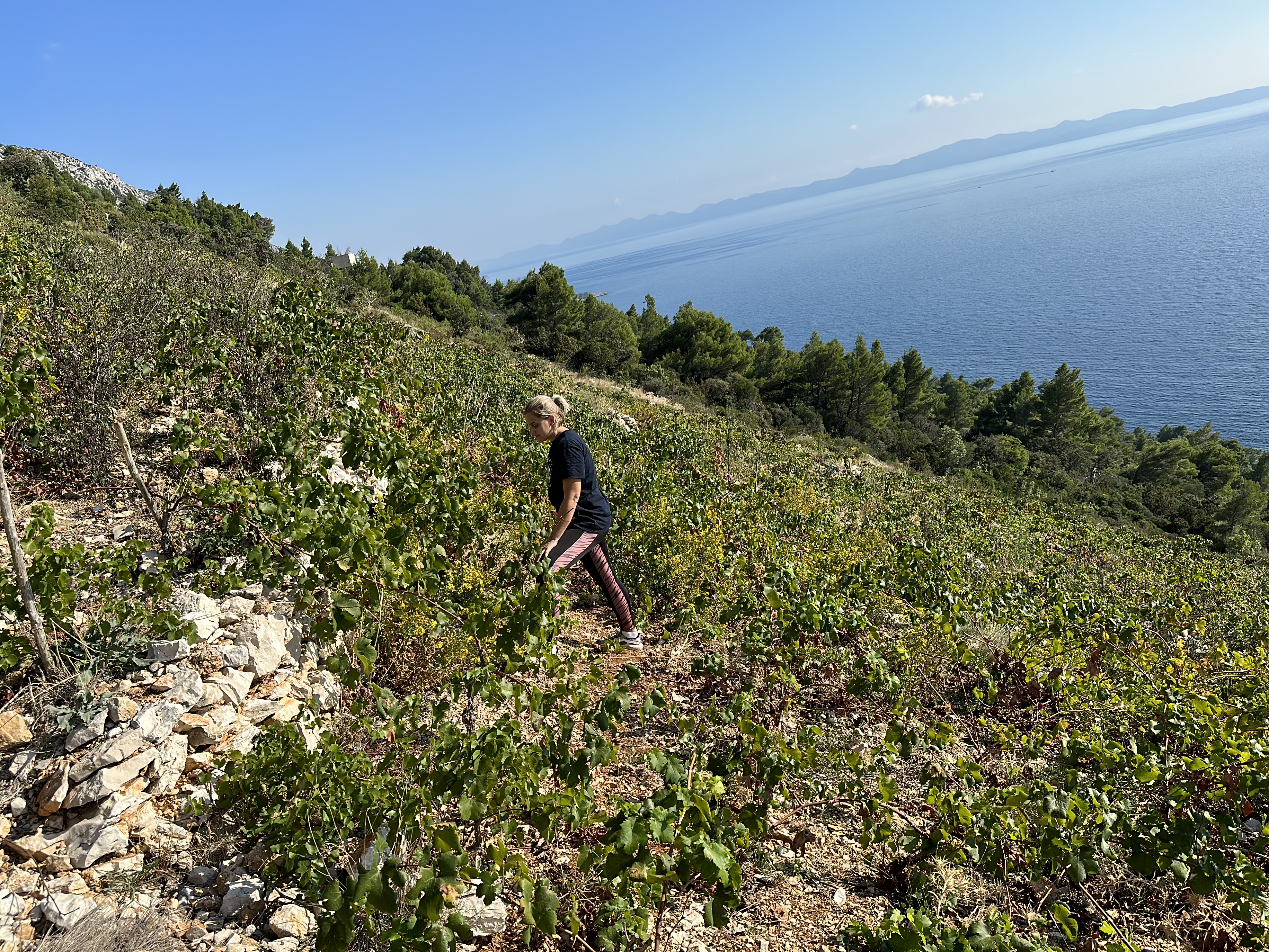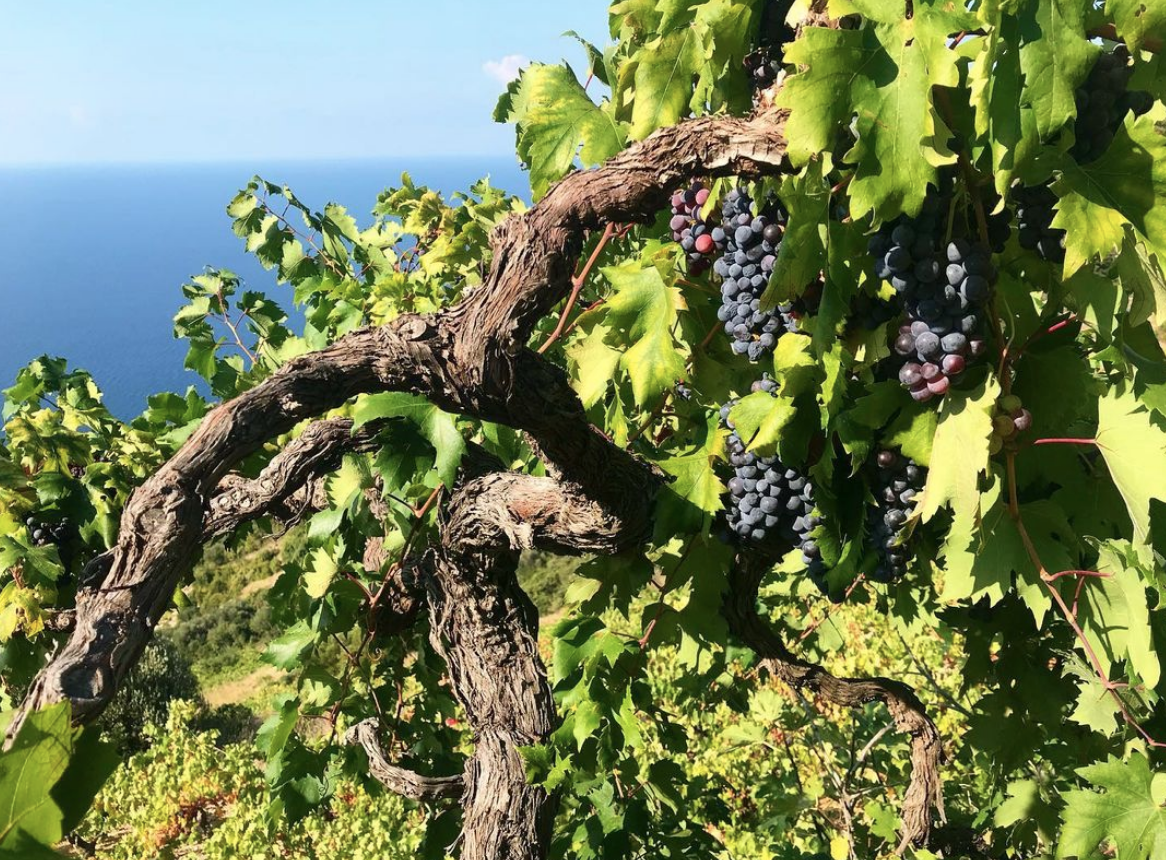The Bura-Mrgudić winery, nestled in the heart of Croatia's stunning Pelješac peninsula wine region, epitomizes the country's rich winemaking heritage and commitment to quality. Founded by the Bura and Mrgudić families who have been cultivating vineyards for over a century, the winery focuses on traditional winemaking techniques that aim to capture the essence of the local terroir.
Central to Bura-Mrgudić's philosophy is a deep respect for the land and its natural rhythms. They are very much part of the natural winemaking movement with a commitment to organic viticulture, and a non-interventionist approach in the cellar. This harmony with nature is reflected in the purity and authenticity of the wines.
Grape Collective talks with winemaker Antonia Mrgudić about Croatia's winemaking heritage.
Christopher Barnes: Talk about your family estate, Bura-Mrgudić.
 Antonia Mrgudić: We have a long history of wine growing, and the winemaking has been for the last three generations, so we have proof that as a family, we have had the vineyards since 1627. So it's a very long time ago. In the past our ancestors were mainly grape growers. We would produce the grapes and then we would sell the grapes to the cooperative wineries. And then they would make the wine and sell it on the market. There were no private wineries in communism. And, we have positions in the Dingač region, in the Postup region, and inland in Pelješac peninsula. All together we have around seven hectares of vineyards. It's mainly Plavac Mali grapes and in different locations it gets different results.
Antonia Mrgudić: We have a long history of wine growing, and the winemaking has been for the last three generations, so we have proof that as a family, we have had the vineyards since 1627. So it's a very long time ago. In the past our ancestors were mainly grape growers. We would produce the grapes and then we would sell the grapes to the cooperative wineries. And then they would make the wine and sell it on the market. There were no private wineries in communism. And, we have positions in the Dingač region, in the Postup region, and inland in Pelješac peninsula. All together we have around seven hectares of vineyards. It's mainly Plavac Mali grapes and in different locations it gets different results.
(Antonia Mrgudić)
Talk a little bit about what winemaking was like during communism.
So here we all were wine growers, mainly. Every family had some vineyards. And agriculture was I would say the number one occupation around here, especially grape growing. So we had this cooperative winery setting, five or six of them on Pelješac, and it was forbidden to sell the wine on market privately. You could only make the wine for yourself or family. Not to sell it on the market. So we would work the vineyards, produce the grapes, and we would sell the grapes to the cooperative wineries. And then they would make the wine and sell it on the market under their own labels.
And how did things change after communism?
After we became a country, we could make the wine and sell it privately on the shelf normally. So our winery started, we produced our first label in 1995, and we started to produce the wine for market in 1995. We produced just a small amount of bottles then. So from like 4,000 bottles in the beginning to now we produce 50,000 bottles per year.
For people who don't know what Yugoslavia was, can you just explain what Yugoslavia was?
Yugoslavia means the Slavs of the South. Yes Yugoslavia is a confederation of a few different countries. So it was Croatia, Montenegro, Serbia, Slovenia, Bosnia and Herzegovina, and Macedonia.
What is it about Dingač that makes it one of the most important vineyard areas?
 Plavac Mali is the autochthonous grape that's grown only in Dalmatia. It's a grape that in different positions gets different results. So it likes a very steep position with lack of water, with lack of soil. It likes to suffer, I would say. So Dingač is a vineyard that is very steep and facing towards the sea.
Plavac Mali is the autochthonous grape that's grown only in Dalmatia. It's a grape that in different positions gets different results. So it likes a very steep position with lack of water, with lack of soil. It likes to suffer, I would say. So Dingač is a vineyard that is very steep and facing towards the sea.
The steepness goes up to 50%. And, we think that at that inclination we have a reflection on the grapes from three sides. So it reflects into the sun to the grapes. Then you have reflection from the sea to the grapes and also a reflection from the stones to the grapes. So it's like a three sun reflection. By the time of the harvest up to 50% of grapes are raisins. And that's actually what gets the specific taste of the Dingač wine later. So then that is protected by origin. It was protected in 1961. That means that we have a law that we have to obtain to have the name Dingač on the label.
If you see Dingač on the label, that means it passed some strict regulations like that there is no irrigation system here. It's forbidden. The grapes are planted one meter by one meter. It's a free bush vine system of growing with a maximum yield of 0.8 kilos per hectare. The minimum content of alcohol in the wine is 13.5% of alcohol. So there are some strict regulations that we have to obtain to have the wine from here.
What kind of wine is made with Plavac Mali?
Plavac Mali is the grape that can make different types of wine. It's very interesting to see that in like, ten, 15 kilometers of air distance, you can get such a range of different wines.
From basic everyday wines that we get inland because there is deeper soil, more moisture, lower temperatures, a little bit more quantity yield of grapes than Dingač per plant. But then you have lower sugar content and you get the wines for everyday use. These wines have alcohol up to 13, 13.5%.
Then you have another side of the hill, Dingač, where you have a lot of sun, very concentrated grapes, a lot of raisins on the grapes, and you have a lot of sugar over there. And then you get very concentrated wines, alcoholic wines. It's like more wines for aging, wines for, like, special occasions, like 15, 16, 17% alcohol. So it's very different. And it's just the hill that is dividing them.
What are the major grapes in Croatia?
 So Plavac Mali is the red grape variety and Grasevina and Malvasia are the white grape varieties. And the Malvasia comes from Istria. Grasevina comes from Slavonia from north Croatia. And Plavac Mali is grown only here in Dalmatia. And Malvasia and Grasevina are more for drinking very soon. Plavac Mali can be aged up to 20 years.
So Plavac Mali is the red grape variety and Grasevina and Malvasia are the white grape varieties. And the Malvasia comes from Istria. Grasevina comes from Slavonia from north Croatia. And Plavac Mali is grown only here in Dalmatia. And Malvasia and Grasevina are more for drinking very soon. Plavac Mali can be aged up to 20 years.
How would you describe the evolution of the Croatian wine industry?
Croatia has had to evolve in a very short period of time because of communism. And I think we are still growing. A challenge is that we are not so big in terms of the quantities of grapes. So we cannot expand too much. But we have very good quality wines and we have a lot of space to grow in terms of export and the international market. We are, I would say, an unexplored country and we have a lot of good wines.
And what are your hopes for the future of Croatian wine?
My hope for the Croatian wines is that we will expand in quantity and that we will stay with a focus on quality. We'll continue to have a good quality and even have some better quantity.














